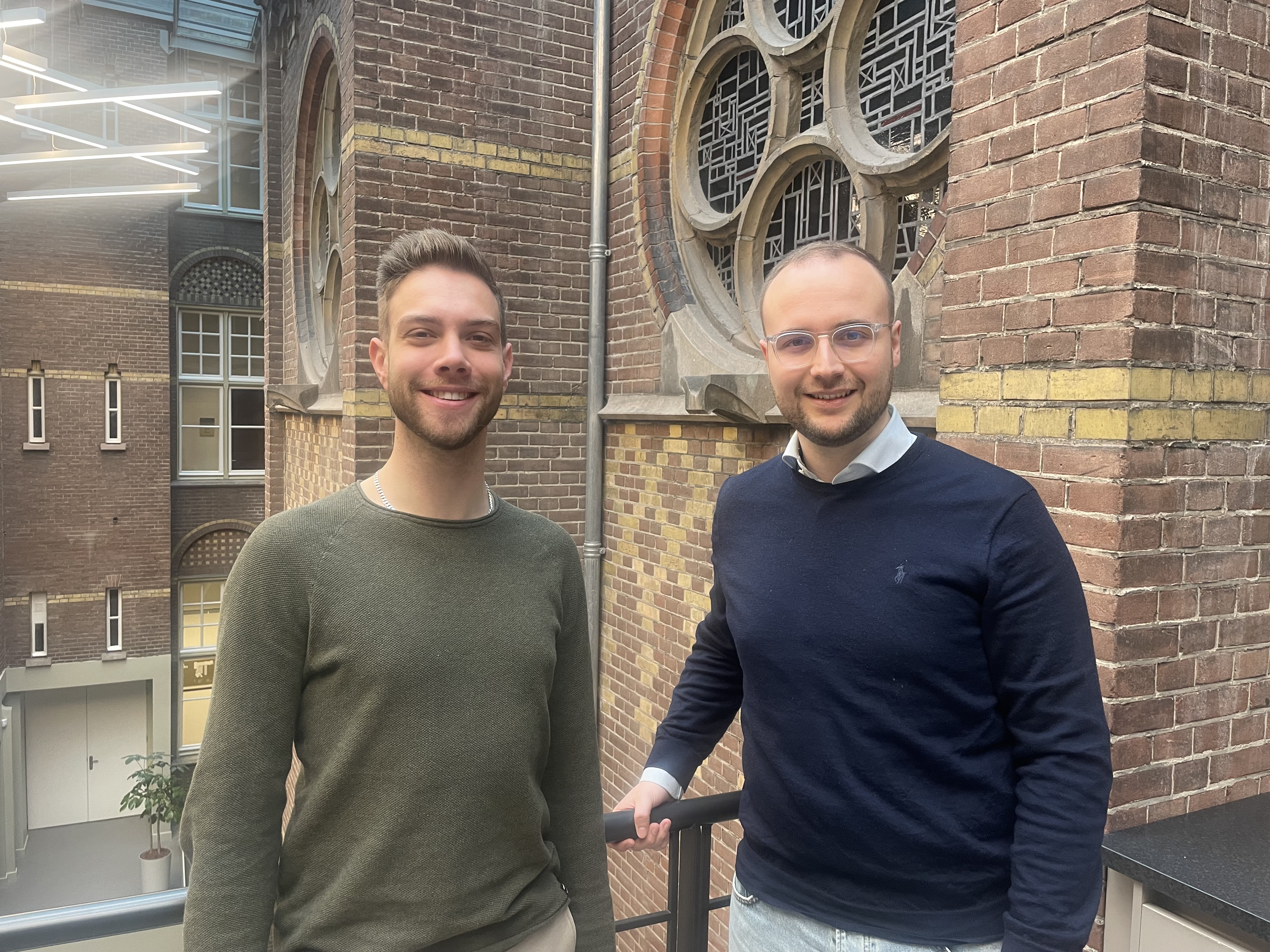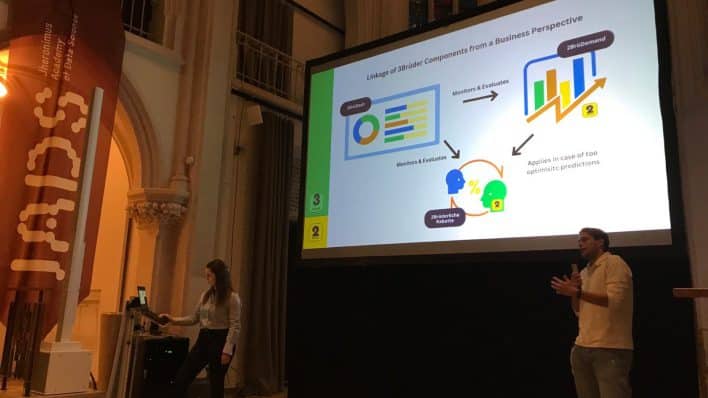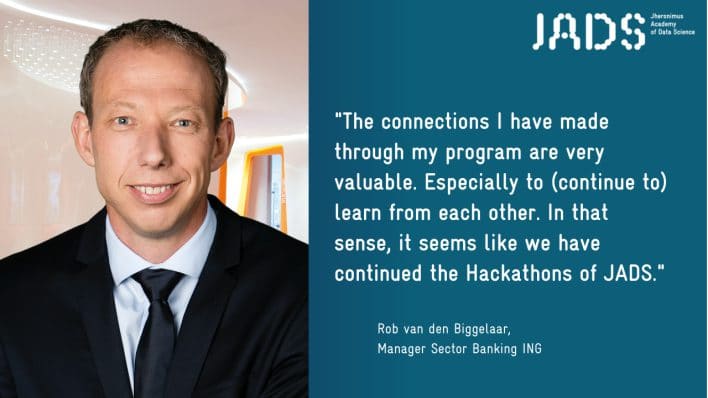Prompt Engineering: the key to effective AI use
Posted on
Prompt engineering may sound like a technical term from a science fiction movie, but it is the key to effectively leveraging generative AI. A poorly worded question to a language model results in a vague or even unusable answer. That’s why asking the right questions is essential. The instructions you give to AI models like ChatGPT are called ‘prompts.’ The better the prompt, the better the response.
Whether you’re generating reports, conducting complex analyses, or optimizing processes, well-crafted prompts make the difference between an incoherent answer and a solution that truly moves you forward.
In this article, you’ll discover what prompt engineering is, why it’s important, and how to apply it using two practical frameworks. We’ll highlight examples directly relevant to roles such as market development manager, data specialist, HR business partner, and more.
Let’s start with the basics: what is prompt engineering?
What is Prompt Engineering?
Prompt engineering is the process of designing clear, strategic instructions (prompts) to effectively guide generative AI systems like ChatGPT. It goes beyond simply typing a question. A well-designed prompt ensures that AI:
- Understands what you need.
- Produces output that is useful for your specific task or project.
- Saves you time by minimizing incorrect or unusable answers.
For professionals in data, HR, strategy, and process management, prompt engineering is a powerful tool for solving daily challenges and improving workflows.
Two frameworks for practical prompts
Many frameworks exist, but two of the most accessible and effective ones are RTF and TRACE. Below, we’ll show you how to apply these frameworks, tailored to your field.
The RTF Framework: Start quickly and effectively
RTF stands for Role, Task, Format. This simple framework helps structure your prompt clearly.
- Role: Define the role the AI should assume.
Example: “You are a data analyst specializing in business processes.” - Task: Describe what you want the AI to do.
Example: “Analyze this dataset and identify anomalies.” - Format: Specify how you want the output.
Example: “Provide a summary report of no more than 300 words.”
Example for a Data Specialist:
“You are a data specialist focused on business processes. Analyze this dataset and identify the three biggest bottlenecks in the process. Present the results in a clear table.”
Example for a Market Development Expert:
“You are a market development expert. Summarize market opportunities in [specific region] based on this data. Focus on industry trends and future opportunities.”
Why it works:
The RTF framework provides clear guidelines, ensuring the AI delivers output that is directly relevant to your work.
The TRACE framework: clarifying complex tasks
For more layered assignments, you can use the TRACE framework, which stands for:
- Task: What do you want the AI to do?
- Role: What role should the AI take?
- Audience: Who is the output intended for?
- Context: What background information is relevant?
- Example: Provide an example to clarify the request.
Example for an HR Business Partner:
“Write a report advising on how to support employees in hybrid working. You are an HR expert. The audience is the management team. Context: There are signs of decreasing engagement. Example: ‘Offer flexible hours and personal check-ins to strengthen team bonding.’”
Example for a Process Engineer:
“You are a process optimization expert. Develop an improvement plan for the production cycle based on this process data. The audience is the board of directors, and the report should focus on efficiency improvements and cost reduction. Example: ‘By identifying and automating bottlenecks, we can achieve a 20% time savings.’”
Why it works:
TRACE adds depth by considering factors such as audience and context—essential for complex assignments.
How can you use this?
These frameworks help you use generative AI effectively, regardless of your role. Whether you analyze market opportunities, develop HR policies, or optimize processes, a well-crafted prompt makes the difference between average and excellent results.
Try it yourself: use the RTF framework to write a simple prompt for a current project, or dive deeper with TRACE for a more complex challenge.
Want to learn more about prompt engineering?
In our Masterclass Prompt Engineering or Generative AI Bootcamp, you’ll not only learn to apply these frameworks but also gain hands-on experience with real-world examples. Sign up today and discover how AI can enhance your work!









